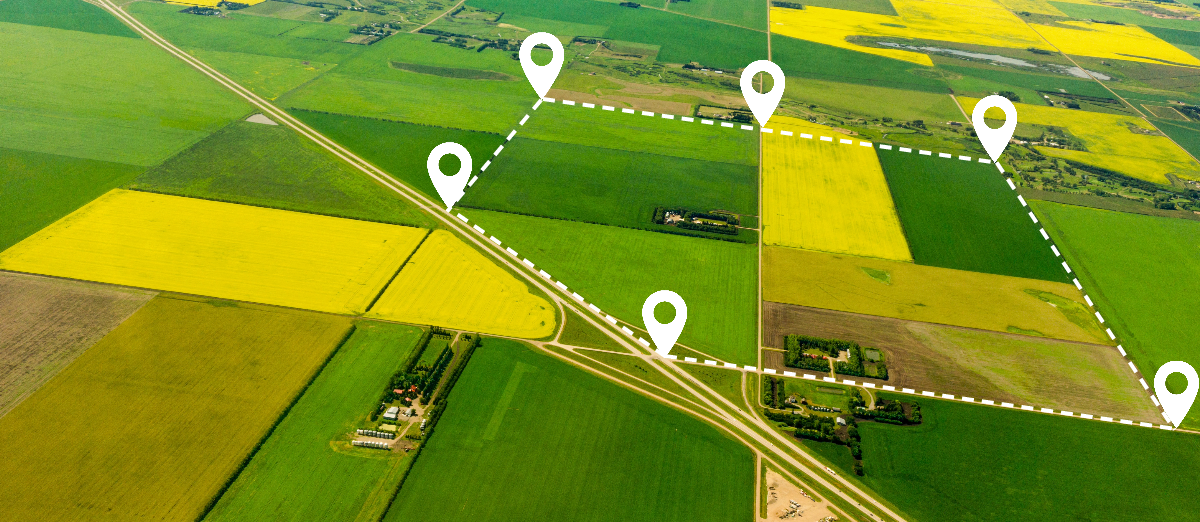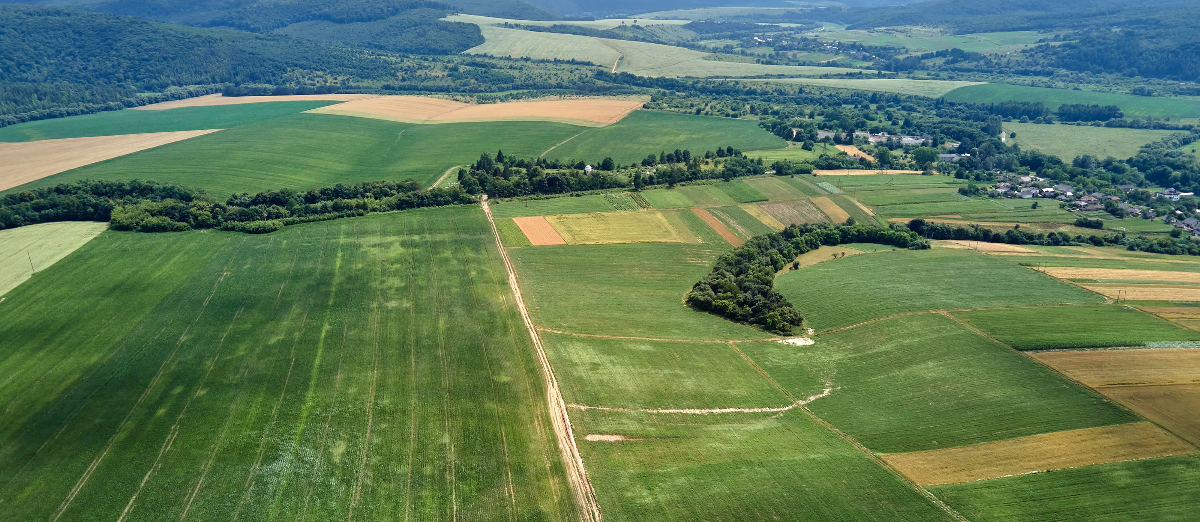Can I Afford to Buy A Farm?
Author(s): Kayla Brashears
Published: August 29th, 2023
Shareable PDF
A goal of many pursuing the American dream is home ownership. Similarly, the goal of a farmer is often to become a landowner. Like single-family residences, the financial decision to purchase farmland is clouded by emotional, social, and familial influences. How can a farmer clearly evaluate their financial position to purchase farmland when these influences are at play? The answer is, going back to the basics – analyzing the numbers. Most farmers will seek financing to complete a farmland purchase, and it’s important to have an idea of your purchasing position before you approach lenders. There are two important angles when it comes to cash for a land purchase:
- Cash needed immediately for a down payment (and/or land and building improvements)
- Recurring annual cash flow needed to make the farm loan payment.
Depending on the size of the farm, a high purchase price per acre will result in a substantial chunk of cash needed for a down payment. In some instances, buildings in disrepair, nutrient-depleted soil, or a neglected water mitigation system may require an immediate cash injection in the form of land or building improvements.
Healthy working capital and a current ratio of 1.5 or greater are good indicators of having cash available to use as a down payment. Many lenders will require a 15-20% down payment on quality farmland, and subpar land may require an even larger down payment. There are programs that exist for beginning farmers that require as low as a 5% down payment.
If you don’t have the cash available, you may consider accessing equity in other assets if available. Keep in mind that the smaller the down payment, the larger the loan payment each year. Many lenders may offer a lower interest rate for a larger down payment, which could further influence the amount of cash needed upfront. Purchasing real estate is a costly endeavor – plan for soft costs like surveying, appraising, and bank fees to increase either your down payment or your total loan amount.
As the source of the down payment is being solidified, a concurring step should be calculating the loan payment amount and how it will impact your cash flow. This can be intimidating if you aren’t a number person, but it’s powerful information to know before you begin meeting with lenders. A simple Google search will yield multiple tools to calculate a loan payment. Specifically limiting the search to a “farmland” loan calculator will turn up results for a semi-annual or annual payment option, the most common payment structures for farmland loans. Understanding the payment options and financing structure will position the farmer to predict the impact on cash flow.
Lenders want to see that the operation can pay back the money loaned to the farm. They will often use a ratio called a Debt Service Coverage Ratio (DSCR) as one tool to determine the repayment capacity of the farm. This ratio compares the Net Operating Income, or cash you have available to make your debt payments, to existing debt payments and the new loan payment. The purpose of this calculation is to determine how much cash you generate from your operation to pay your debts.
Learning how to calculate the DSCR yourself can be a great way to determine your purchase power. An example DSCR calculation is below:
Net Operating Income: $390,000
Current Debt Payments: $185,000
New Farm Payment: $55,000
Total Debt Payments: $240,000
$390,000 / $240,000 = 1.67 DSCR
There isn’t a firm financial standard for DSCR. A DSCR of 2.0 or more is considered very strong, and a DSCR of less than 1.0 means there isn’t enough income to make debt payments. Many lenders set a threshold of 1.2 or 1.25 as a minimum requirement. This is one of the most basic calculations to determine cash flow, and it isn’t perfect. It can vary widely from year to year, as it starts with Net Farm Income – which we know is volatile! For a more thorough understanding, also calculate the five-year average of net operating income and debt payments.
If you’re buying a farm that you are paying rent for, recognize that your net farm income will increase by that rent amount, and you’ll have it available towards the debt payment. If the farm to be purchased is new ground that will generate income, include a projection of crop or livestock revenue that farm will generate in your calculation. There needs to be enough money left after your debt payments to fund any family living requirements and satisfy your tax liabilities, so don’t forget to include those figures – and be realistic about the family living number!
Even if you aren’t actively looking to purchase a farm, understanding your debt capacity is important in managing your farming operation. This process can be applied to other purchases as well, like building grain bins, or purchasing equipment. An unexpected death or life change may present an opportunity to purchase land, equipment, or buildings. If you know your financial position, you can evaluate clearly whether the deal is a good one. Is the land good quality? Is the equipment in good shape? Do I feel sentimental about this land purchase, and is it truly a good purchase for my farming operation? Knowing that you can afford a purchase creates room for you to consider the other details. As always, talking with a trusted professional, like your tax preparer or KFBM specialist, can help you understand your financial position.
Recommended Citation Format:
Brashears, K. "Can I Afford to Buy a Farm." Economic and Policy Update (23):8, Department of Agricultural Economics, University of Kentucky, August 29th, 2023.
Author(s) Contact Information:
Kayla Brashears | KFBM Area Extension Specialist | kayla.brashears@uky.edu
Recent Extension Articles
What Do Higher Profit Farms in Kentucky Have in Common?
Lauren Omer Turley
In today’s farming culture, the farm is run just as a business. The goal of most producers is to be at the top of the profitability curve in order to stay competitive. Data from the Kentucky Farm Business Management program for 2018 through 2022 were used to analyze differences between the highest-profit grain farms (high one-third) and the lower-profit grain farms (low one-third). Farms in the higher profit group were larger, had higher corn and soybean yields, cash rented a larger percentage of their acres, had a larger percentage of their acres in corn, and had higher gross returns and lower costs.
2023 Farm Bill Completion Remains in Limbo as Congress Returns from its August Recess
Will Snell
This past month Congress has been on its annual August recess and will be returning after the Labor Day holiday to begin the charge to pass a new farm bill. The current 2018 farm bill expires on September 30, 2023. In the midst of anticipated lower future prices for most ag commodities, higher borrowing costs, and reduced ad hoc government outlays for farmers, the ag community is urging Congress to pass this ongoing piece of legislation that has been in place since the New Deal programs of the 1930s.




